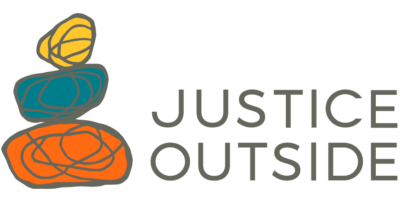Through this cycle of our Grantmaking program, we aim to fund work at the intersection of urban forestry, conservation, education awareness, and more. Applicants need to have a 501c3 status or a fiscal sponsor to apply. To learn more about this funding opportunity, contact Rachele Lopez at [email protected]. We ask for your patience and grace in our responses to email inquiries as we experience a spike in outreach due to the recent administrative pauses and reviews of federal funds.
The program’s funding availability is ultimately contingent on decisions made and action steps taken regarding the distribution of federally funded grants. Our team continues to monitor the landscape and will provide updates through this page on a rolling basis as we learn more.
A través de este ciclo de nuestro programa de subvenciones, buscamos financiar trabajo en la intersección de silvicultura urbana, conservación, educación ambiental y más. Los solicitantes deben tener estatus 501c3 o un patrocinador fiscal para aplicar. Para más información sobre esta oportunidad de financiamiento, contacte a Rachele Lopez en [email protected]. Pedimos su paciencia y comprensión en nuestras respuestas a consultas por correo electrónico ya que experimentamos un aumento en las comunicaciones debido a las recientes pausas administrativas y revisiones de fondos federales.
Una vez que hayamos revisado todas las presentaciones, podríamos contactarle para información adicional. La siguiente línea de tiempo sirve como guía sobre nuestro proceso y puede estar sujeta a ligeros cambios. Los fondos serán desembolsados una vez que la recomendación del beneficiario sea aprobada por nuestros socios financieros y la Junta Directiva de Justice Outside.
